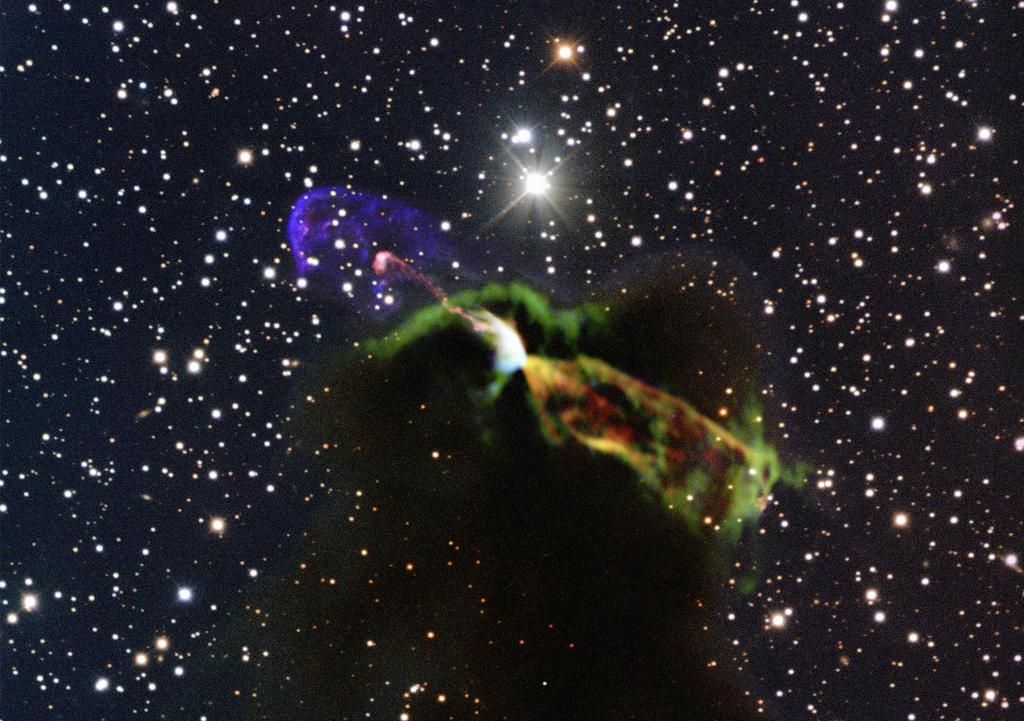American astronomers from the University of New Hampshire, located in Durham, have discovered a rare black hole in the constellation Virgo, which has been absorbing matter for more than 11 years. The scientific research of US specialists is published in the journal Nature Astronomy. If this space object continues to devour the surrounding space in the same way, then humanity may get a potential supermassive black hole right next to it, astronomer Nikolai Lagin believes. He commented for the Federal News Agency on the potential threat that this space anomaly poses to earthlings.
“Over the past years, we have found traces and directly studied dozens of tidal breaks of stars, but none of the past events was as bright and as long as this case,” notes Dacheng Lin, one of the scientists who discovered the black hole.
According to him, when a star or any other cosmic body of relatively small mass passes in close proximity to the found black hole, it partially absorbs them. Moreover, this does not happen in one sitting, as with most black holes, but so that the object tears off the substance from its victims piece by piece, tearing them apart.
It is for this reason that the brightness of the black hole is seriously increasing, and humanity can observe this process for several months, thanks to the gravitational deceleration of time in the space surrounding the black hole.
“A BLACK HOLE, AS WE KNOW, IS A VERY POORLY STUDIED OBJECT, WHICH IS STILL DIFFICULT TO CLASSIFY.”
“But one thing is for sure: zones are formed around black holes that affect space and time — hence the gravitational deceleration, which gives American scientists an idea of the processes taking place,” explains expert Lagin.
It should be noted that Lin’s team discovered one of the rarest black holes by accident. Scientists were observing the galaxy cluster NGC 5813, which is located in the constellation Virgo, several billion light-years away from us. While studying this cluster, experts from New Hampshire managed to discover another galaxy – SDSS J1500+ 0154. This object is located much closer to Earth.
This galaxy is in the stage of active star formation, up to a dozen new stars are born there every year. At the center of this cluster is a relatively small supermassive black hole, its mass exceeds the Sun by only a million times.
“The unusually high brightness of the black hole, which we saw in the images of last year, interested us, and turned to the archives of observations. It turned out that the black hole was active in 2011, in 2008, and even in 2006. The first signs of activity, according to the images, appeared in April 2005, when the brightness of SDSS J1500+ 0154 increased sharply and it became noticeable in the X-ray,” the astronomers explain.
According to the analysis, it turns out that the black hole in the center of the galaxy SDSS J1500+ 0154 has been devouring the surrounding space for more than 11 years. At the same time, scientists have reason to worry: the “appetite” of the specified black hole is higher than the so—called Eddington limit – the amount of matter that a black hole can absorb before it begins to spew matter back.
“We don’t know all the possibilities of such cosmic bodies, and I admit that in the future it may continue to devour objects flying by — planets, stars and even asteroid fields. This may increase its size, though not immediately. The point here is that without the Eddington limit, a black hole becomes a real killer. If this happens to our nearest black hole, Sagittarius A, then we will have very big problems, since it is located in the center of our Milky Way. And this, in turn, can lead to a negative gravitational effect on our galaxy. No, it won’t destroy it right away, but if it starts to devour uncontrollably, it will be very bad,” the expert concluded.
Note that the Eddington limit is considered a fundamental limiter of the growth of black holes, which is important in the context of the evolution of the first galaxies of the Universe. Their black holes, as recent observations show, have abnormally large sizes. Confirmation that black holes can violate this limit may explain how the first supermassive black holes gained mass faster than theory predicts.



































